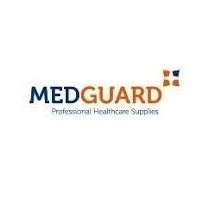Is It Okay To Reuse Used Syringes?
Learn about the safety and risks of reusing syringes in our informative article. Understand the potential dangers and best practices for proper disposal to safeguard your health and those around you. Stay informed and make responsible choices for your well-being.


